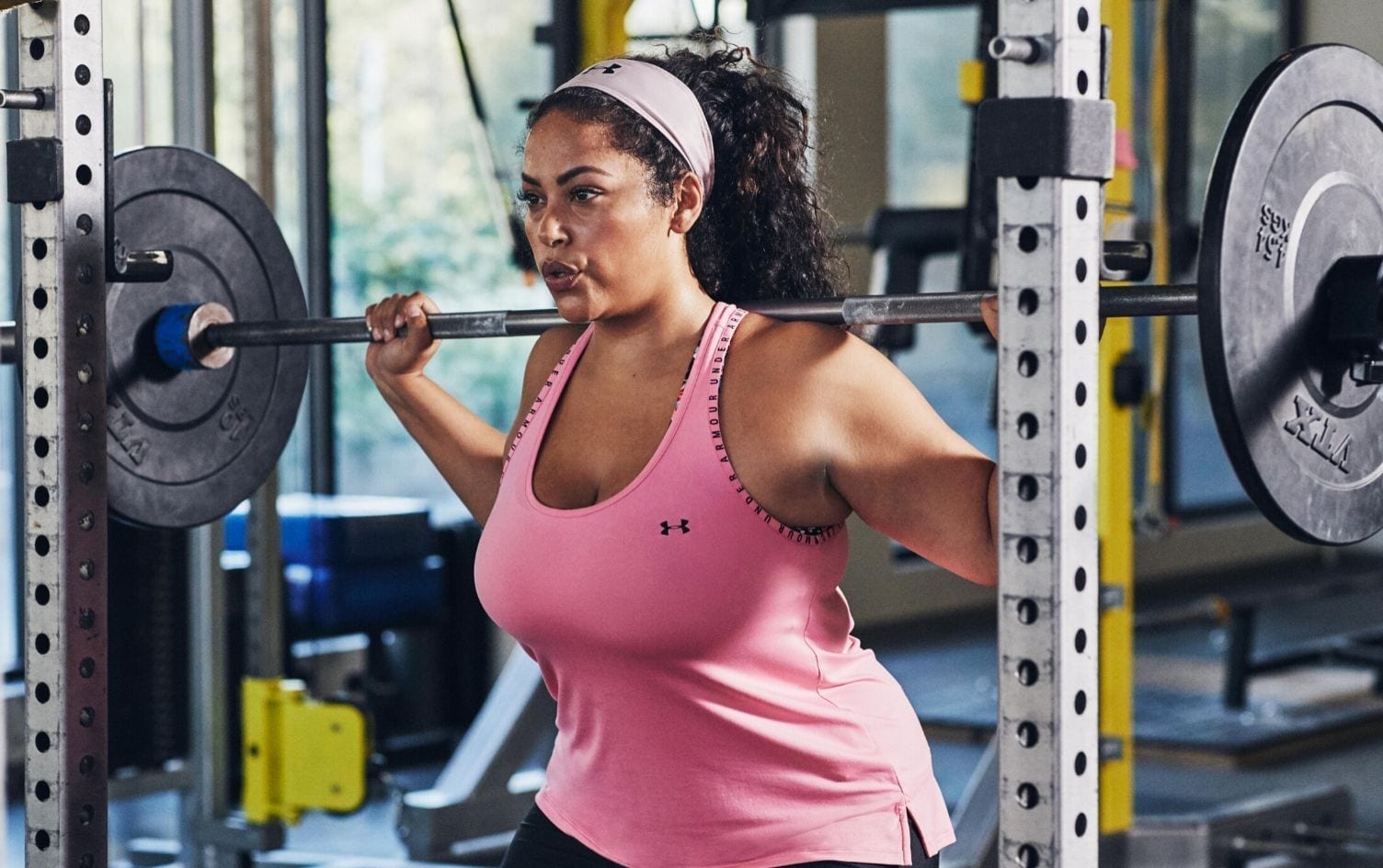Squats are undeniably one of the most important movements you can do. Not only do they help you develop a strong lower body and core, but they’re easy to perform both without equipment and with all sorts of equipment (from barbells to kettlebells). They also mimic a movement pattern crucial for everyday life.
The thing is, there’s a good chance you’re not reaching your full squat potential.
“We are biomechanically designed to perform deep squats,” says Grayson Wickham, DPT, certified strength and conditioning specialist and founder of Movement Vault, a digital mobility platform. (Think butt close to your heels in bodyweight squats, and deep enough your knees form less than a 90-degree angle in weighted squats.)
“Unfortunately, most people today don’t have the ability to perform deep squats, even though they were able to do so when they were very young,” he says. “Most of us lead sedentary lifestyles and do not do enough varied, quality movement. Over the years (and even decades), this contributes to tight muscles and tight joints.”
The result: The range of motion (aka depth) of your squat takes a hit.
And, yes, you should care: “Squatting deeply allows you to activate your muscles and move your joints through their full range of motion,” Grayson explains. “This means that you will be getting stronger in your complete range of motion and maintain mobility in your body — specifically in your ankles, knees, hips and spine.”
The first step to squatting deeper — and reaping the benefits: Figure out what’s keeping you from dropping low. Here are five potential issues standing between you and deep squats.

Poor ankle, knee, hip and spine mobility are perhaps the most common factors affecting squat depth, according to Wickham. (FYI: Mobility is the ability to move — and control — a joint through a specific range of motion.)
“Poor mobility means you have tight muscles and tight joints, which limits your movement and prevents you from squatting deeply,” he explains. Thanks to desk jobs and sedentary living, many people have less-than-optimal mobility.
Ankle mobility is particularly problematic for a lot of squatters, says William Kelley, DPT, certified strength and conditioning specialist and owner of Aries Physical Therapy. When you can’t bend at the ankles enough, it throws off your weight distribution. As a result, your heels lift off the ground as you drop lower or your back flexes more than it should. In addition to this poor form messing with your progress, it also puts you at greater risk for injury.

“The glutes are your key drivers out of the bottom of a squat,” explains Kelley. “If they are weak, you will get stuck in that bottom position. You may also compensate by over-recruiting your quads.”
Without proper help from your glutes, your squats become less powerful and you increase your risk of injury.

In some cases, your individual anatomy can also make it more difficult to squat deep.
For instance, having long femurs (upper leg bones) relative to your tibias (lower leg bones) means you need to have greater hip and ankle mobility to squat deep, explains Kelley.
This doesn’t mean you can’t squat deep (and well), but it does mean you’ll need to put extra effort into mobility to get there, Wickham suggests.

“When squatting, your lower body generates force,” Kelley says. “If your core is strong and you can brace it properly, that force transfers up into the bar or weight you’re using.”
“However, the weaker your core, the more it collapses,” he says. (Think about pressing an accordion.) Not only does this reduce your squat strength — and thus the range of motion — but it also transfers force into your lower back, contributing to back pain and potential injury.

“Wearing shoes with very cushiony soles can also make it difficult to squat deeply, because they make it difficult to remain stable,” says Wickham. Sure, you can still get there, but it’ll be more difficult.
“A shoe with a firm base of support is optimal because it helps create stability from the ground up,” he says.
HOW TO DROP YOUR SQUATS LOWER
Depending on which of the above factors is (or are) affecting your ability to squat low, you’ll need to take a slightly different approach to remedy the issue and improve your squat range of motion.
For people with long femur bones, known mobility issues or who work sedentary jobs, Kelley recommends starting with working on your mobility — especially ankle mobility. (One easy upgrade: Do calve stretches, keeping your back heel on the ground, daily.)
To address weak glutes and a saboteur core, add a couple of exercises specific to those muscles to your workouts. (Kelley likes banded hip thrusts for glutes and pallof presses for core.)
When in doubt, check in with a physical therapist or certified trainer to figure out exactly what’s holding your squat back — and develop an individualized plan for making the strength or mobility improvements needed to squat through your full range of motion.




